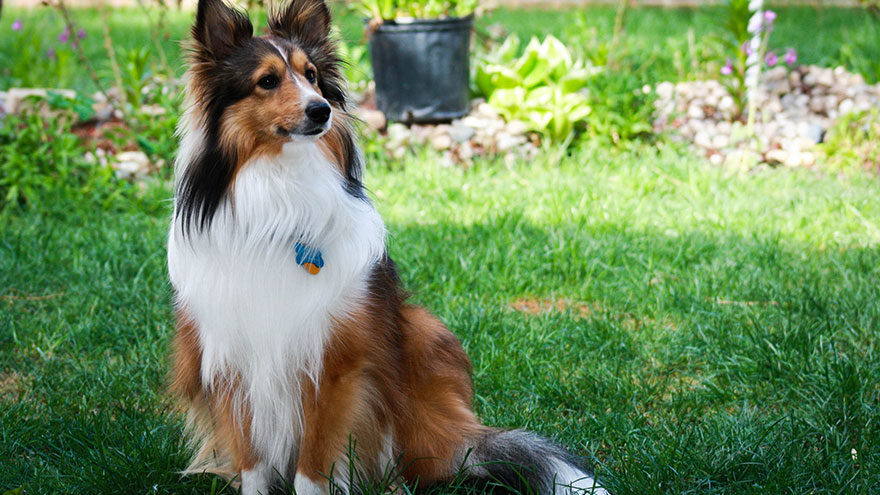Shetland Sheepdog Training Guide
There are a number of methods for training a Shetland Sheepdog (Sheltie) depending on the results that you are aiming for. These methods range from basic obedience and respect training, housebreaking or housetraining to show training and competition training.
Some dog owners may feel that they are experienced enough to handle basic obedience training, especially if the breeder they purchased from has given the young dog plenty of time and attention in the first 8 weeks to 10 weeks of life.
How to Train Shetland Sheepdog
It may be best to employ a professional trainer, even for such basic items as sit, stay and so on, if the owner does not feel confident in his or her ability to take on the task. With most dogs, the keys to good basic training are patience and consistency. The Sheltie, while very intelligent and open to learning, will also need patience and consistency.
The new owner may want to visit the trainer during a session with other dogs just to observe. In addition, it may be best to find a professional trainer who emphasizes the involvement of the owner so that the transition to home is much smoother.
The Shetland Sheepdog is an energetic working breed and is known to be a bit aggressive in “herding” groups of people who are moving around in the yard. The dog may even feel the urge to nip at the heels of those people because this is what it will do with cattle or sheep.
In addition, the Sheltie is known to bark quite a bit because of its suspicious nature. With some gentle direction this trait can be turned to good use, making the Shetland Sheepdog an excellent guard dog and watchdog.
Much of this behavior is due to the dog being its natural self. But in the case of excessive barking and biting, the dog may be lonely, frustrated or frightened. Activity as simple as walking and playing with the new dog will make a big difference, as will what some call social exercise – walks in the neighborhood or in the park, where the dog can get used to different sights and sounds.

One of the keys is to be consistent with commands such as “stop barking.” Again, consistency and patience are key. Timing is also a key. The dog must be told immediately that the behavior is good or not permitted.
Beyond the basic sheltie behavior training and house training that are necessary with any dog, Shelties can be excellent in competition. In fact, Shetland Sheepdogs have been herding for decades.
This is what they were originally bred to do, along with guarding and watching the homestead. Since this trait is inherited, a good place to start is with parents who have proven herding ability. This should be part of the process when visiting with various breeders. Some researchers say that only about half of the new Shelties born have good, natural herding instincts.
One of the first things to look for is an outgoing personality. In addition, you should look for the tendency to chase moving objects such as a ball or other toy, even the vacuum cleaner when you are moving it around.
Again, the best method is to ask others who have Shetland Sheepdogs. Find out about breeders and trainers through those who have successfully competed with the their Shelties. Training for a serious herding Sheltie should probably not begin until the dog is about one year old.
It is important that the early training experience be short and positive, so the trial-and-error method is probably not the best way to go. Since Shelties tend to be very loyal and obedient to the primary owner, choosing a trainer who involves the owner from the start is highly recommended.
There are numerous herding trials and competitions for the Shetland Sheepdog. But the owner should be prepared to devote a lot of time to the pursuit if it is going to be a serious part of the dog’s life.
Patience and consistency can produce a wonderful herding Sheltie.
Read More About Shetland Sheepdog
- Shetland Sheepdog Breed Information
- Shetland Sheepdog : 10 Most Common Questions
- Shetland Sheepdog Health Guide
- Owning A Shetland Sheepdog : Breeder Recommendations

